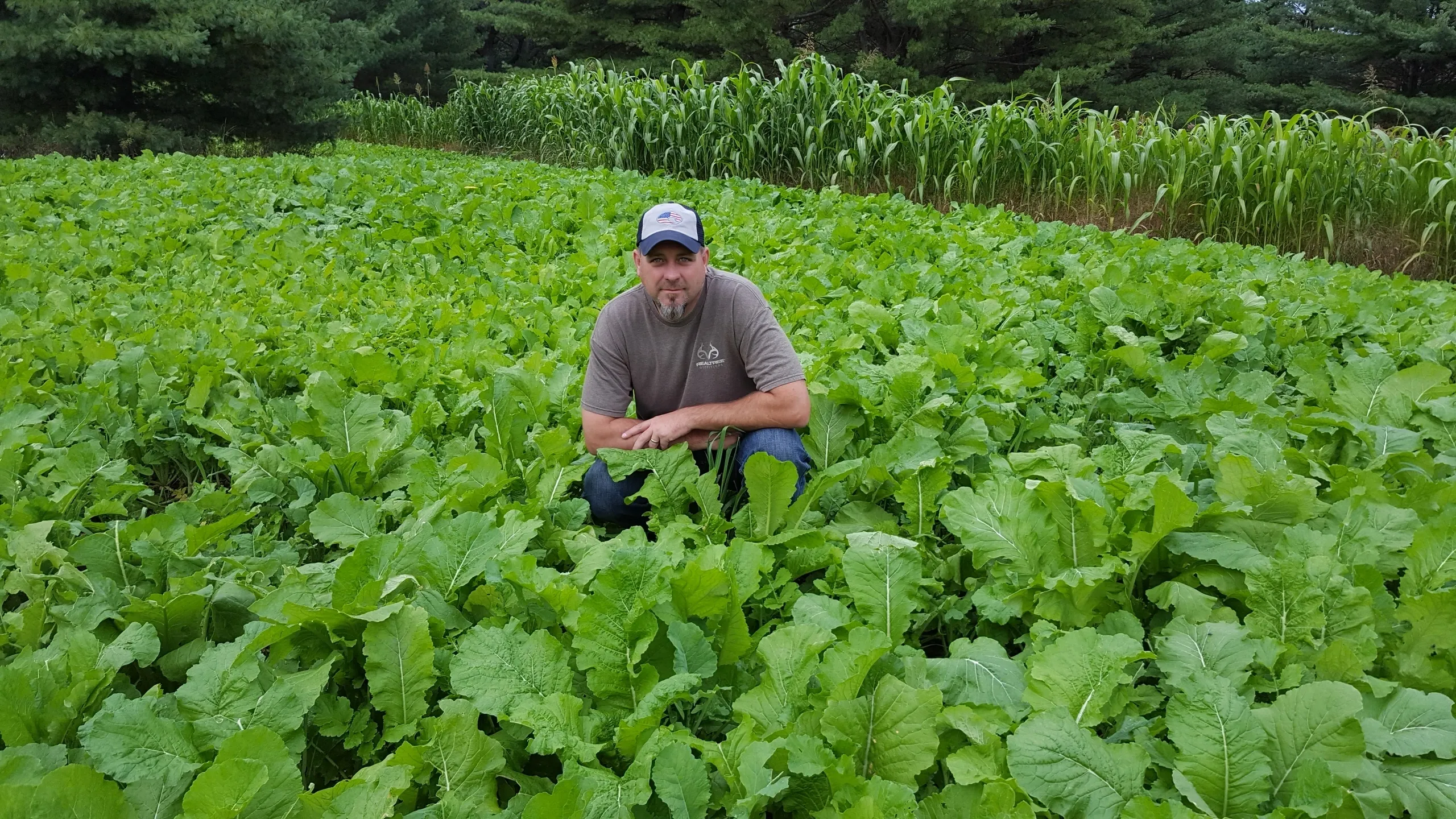
Creating a productive food plot goes past essentially planting seeds; it includes careful planning and execution to give wildlife a sustainable and nutritious habitat. Whether you’re a seasoned wildlife enthusiast or a land manager hoping to enhance your property, go to the website these essential steps will direct you in sowing the seeds of a flourishing wildlife habitat.
- Intentional Planning:
Before breaking ground, establish a clear reason for your food plot. Are you aiming to attract deer, turkeys, or a variety of wildlife? Understanding your goals will direct the choice of seed varieties, plot size, and other crucial factors.
- Site Choice:
Carefully pick the location for your food plot based on the particular requirements of the target wildlife. Consider factors, for example, daylight openness, natural travel passageways, closeness to water sources, and the encompassing habitat. The goal is to create an easily accessible and tempting space for wildlife.
- Soil Testing and Preparation:
Lead a dirt test to decide the pH and supplement levels of the dirt in your picked area. Amend the dirt based on the test results to create an optimal climate for seed germination and plant development. Appropriately preparing the dirt guarantees that your food plot gets the essential supplements it requirements to prosper.
- Seed Choice:
Pick a different blend of seeds that cater to the nutritional requirements of the wildlife in your locale. Normal decisions incorporate clover, brassicas, soybeans, and grains. A balanced seed blend gives year-round forage and attracts a variety of wildlife animal types, adding to the overall biodiversity of the area.
- Planting Methods:
Select the appropriate planting method based on the seed varieties picked. For smaller seeds, broadcasting the hard way or utilizing a seed spreader may do the trick. Larger seeds may profit from accuracy planting with a drill or planter.

- Progressing Maintenance:
Maintain your food plot all through the developing season to maximize its efficiency. Regularly screen for weed rivalry and carry out control measures, for example, cutting or spot spraying herbicides. Continuous maintenance adds to a healthy and sustainable habitat for wildlife.
- Watering Considerations:
While food plots typically depend on natural rainfall, consider the water needs of explicit plant varieties. During dry periods, supplemental watering may be beneficial to help optimal development. Carrying out watering methods, for example, trickle lines or soaker hoses, can assist with maintaining predictable soil dampness.
- Strategic Placement of Hunting Blinds:
For those keen on hunting, strategically placing hunting blinds or stands near the food plot is essential. Consider wind bearing, natural travel patterns of wildlife, and the location of sheet material areas while deciding the placement of hunting structures.
Sowing the seeds of a productive wildlife habitat includes go to the website a smart mix of planning, soil preparation, seed choice, and continuous maintenance. By following these essential steps, you can create a food plot that attracts wildlife as well as adds to the ecological balance of your property. A flourishing wildlife habitat enhances biodiversity, gives recreational open doors, and cultivates a more profound association with the natural world.

